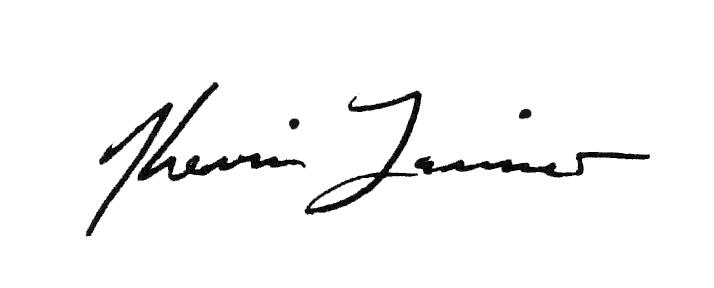The Smudge and the Scrawl
While working on this issue, in particular the magnificent portfolio of photos and essays offering a glimpse inside the notebooks of Aimee Nezhukumatathil, Rachel Eliza Griffiths, and six other brilliant (and generous) authors, I sheepishly dug up one of my own journals from a footlocker in the basement. I hadn’t thought about the journal in years, but the moment I found it I recalled the spring day I bought it at a stationery store in Milwaukee during my last year of college there. I was on a break during a workshop taught by a visiting poet who asked us to sit in a wide circle of metal folding chairs while she led us in an exquisite corpse: twenty minutes of freewriting, after which we were asked to choose our best line and add it to the poem as it was read aloud, each of us in turn. To shake off the anxiety of having just contributed my own line about who-knows-what in a roomful of mostly strangers, I walked to the shop across the street and perused a shelf of journals, choosing one covered in supple leather and bound with cherrywood and brass bolts. It is not a design I would choose now, but a quarter century ago it seemed right, and I carried it with me for the next two years—on an ill-prepared solo hike along the Appalachian Trail, a two-month wandering across Europe on a shoestring, a dreary road trip from Florida to Iowa—all the while recording the movements of a young person in search of meaning. Reading it now is a study in humility. After a Whitmanian epigraph (“Done with indoor complaints, libraries, querulous criticisms, / Strong and content I travel the open road”), which must have seemed like gospel to me in my early twenties, my insights get no less predictable. But there in those pages I recognize, under the sheen of youthful self-importance and the weight of a crushing loneliness I felt at the time, the unmistakable stirrings of my own future poems.
At the end of a year like no other, at the beginning of a new one, consider looking through an old notebook or journal—“fermented thoughts,” Samantha Hunt calls them—if only to see how far you’ve come as a writer, as a creative thinker trying to make sense of this beautiful mess. If your notebook is anything like mine, it won’t resemble the works of art in progress we see in the portfolio beginning on page 30, but that doesn’t mean there aren’t wonders and sorrows to be found inside—notes from the past about who we were, who we are, and, if we keep writing, if we just keep trying, who we could be.







